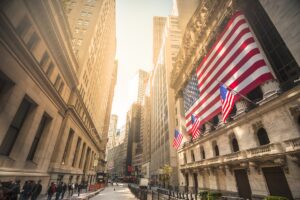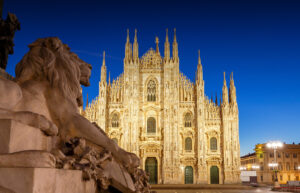In the ongoing discussions about repurposing New York City‘s stagnant office buildings into residential spaces, it’s the Financial District that has taken the lead in this transformative endeavor on a significant scale. This trend, as reported by The New York Times, showcases a remarkable shift in the landscape of the Financial District, challenging its traditional image as a purely business-centric area. In recent years, the Financial District has seen the conversion of prominent structures into luxury apartments. Notable examples include the transformation of a 1907 office tower at 84 William Street and an Art Deco skyscraper at 1 Wall Street, the former headquarters of the Bank of New York.
This wave of change extends beyond high-rise conversions, encompassing various modifications that began decades ago with the renovation of low-rise buildings and continues today with the construction of towering glass and steel structures. The Financial District, once criticized as a deserted expanse after the bankers’ departure, has now evolved into a thriving residential enclave at the southernmost tip of Manhattan. The demographic landscape of the area has witnessed a substantial increase, with the resident count soaring from 13,700 in 1990 to the current 66,000. The boundaries of this burgeoning community stretch from Chambers Street and the Brooklyn Bridge to the north, extending to the West Side Highway on the west. Notably, even a new Whole Foods establishment has become part of this revitalized neighborhood. The transformation of the Financial District serves as a potential roadmap and a source of optimism for other neighborhoods in Lower to Midtown Manhattan grappling with a surplus of vacant offices. As companies continue to reduce office space in the aftermath of the pandemic, real estate analysts anticipate that a significant number of buildings, particularly outdated offices with inefficient layouts, may remain unattractive to most companies, necessitating alternative uses. Both Mayor Eric Adams and Governor Kathy Hochul have endorsed residential conversions as a solution to address both the office surplus and the city’s housing shortage. However, the adoption of such conversions faces challenges, given their expense and the impracticality of transforming dark, deep interiors into light-filled residences.
The Financial District’s metamorphosis traces back to two pivotal events—the migration of banks and insurance companies from Lower Manhattan to Midtown and the impact of the September 11 attack. These setbacks led to a transformation in the district’s demographics, gradually replacing suited 9-to-5 workers with families and parents pushing strollers. The compact lots in the area facilitated the conversion process, resulting in a prevalence of slender buildings with high ceilings and large windows. Since the onset of the pandemic, the neighborhood has witnessed the addition of nearly 1,500 residences in new constructions and conversions, with thousands more expected in the coming years. Among these, the largest conversion in the country involves the creation of 1,300 apartments in an office tower vacated by JPMorgan Chase in early 2021. The article also features the perspective of a resident, Cory Levy, who highlights the Financial District’s unique charm, its historical roots, and the evolving residential character that offers a distinct advantage over other neighborhoods.
The Financial District’s makeover began in the mid-1990s, driven by tax incentives for developers converting office towers into residences. This initiative resulted in a building boom, creating nearly 13,000 units by the time the incentives expired in 2006. Despite the expiration of incentives, the conversion of offices into residences continued, albeit at a slower pace. Real estate experts, such as Joey Chilelli from Vanbarton Group, anticipate that the recent challenges in the office market will likely accelerate more conversions in the Financial District, given its status as having the highest office vacancy rate in Manhattan. Vanbarton Group is actively involved in the latest conversion project, transforming 160 Water Street into 588 apartments. The high office vacancy rate in the neighborhood, now standing at nearly 27 percent, up from 11 percent before the pandemic, underscores the potential for further transformations. The article concludes by highlighting examples of former skyscrapers, including 15 Park Row, and modern office buildings that have successfully transitioned into residential spaces. The stories of residents like Ruth Cheng, who chose to stay in the Financial District for its evolving amenities, schools, and community offerings, further emphasize the neighborhood’s growing appeal.



